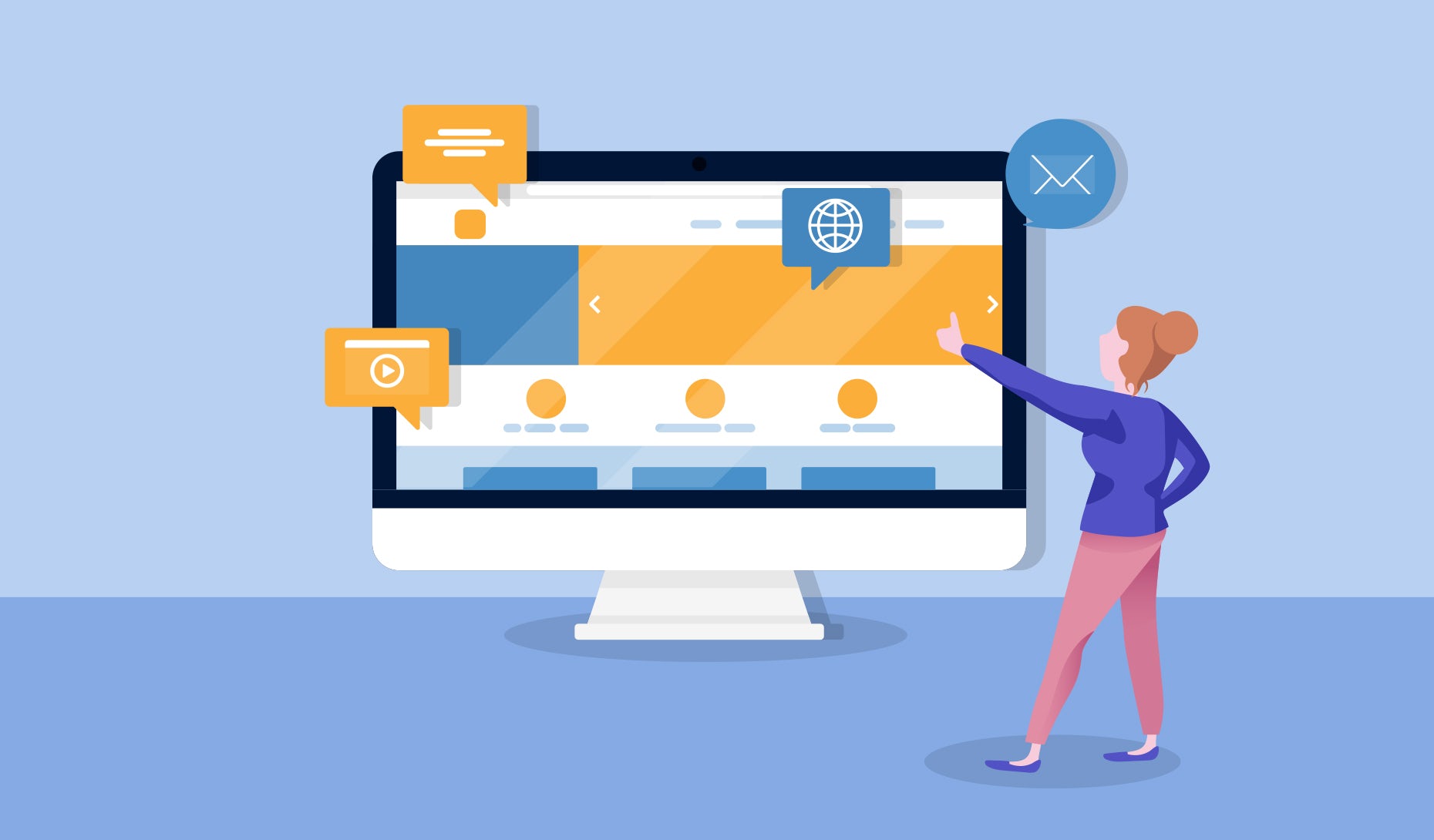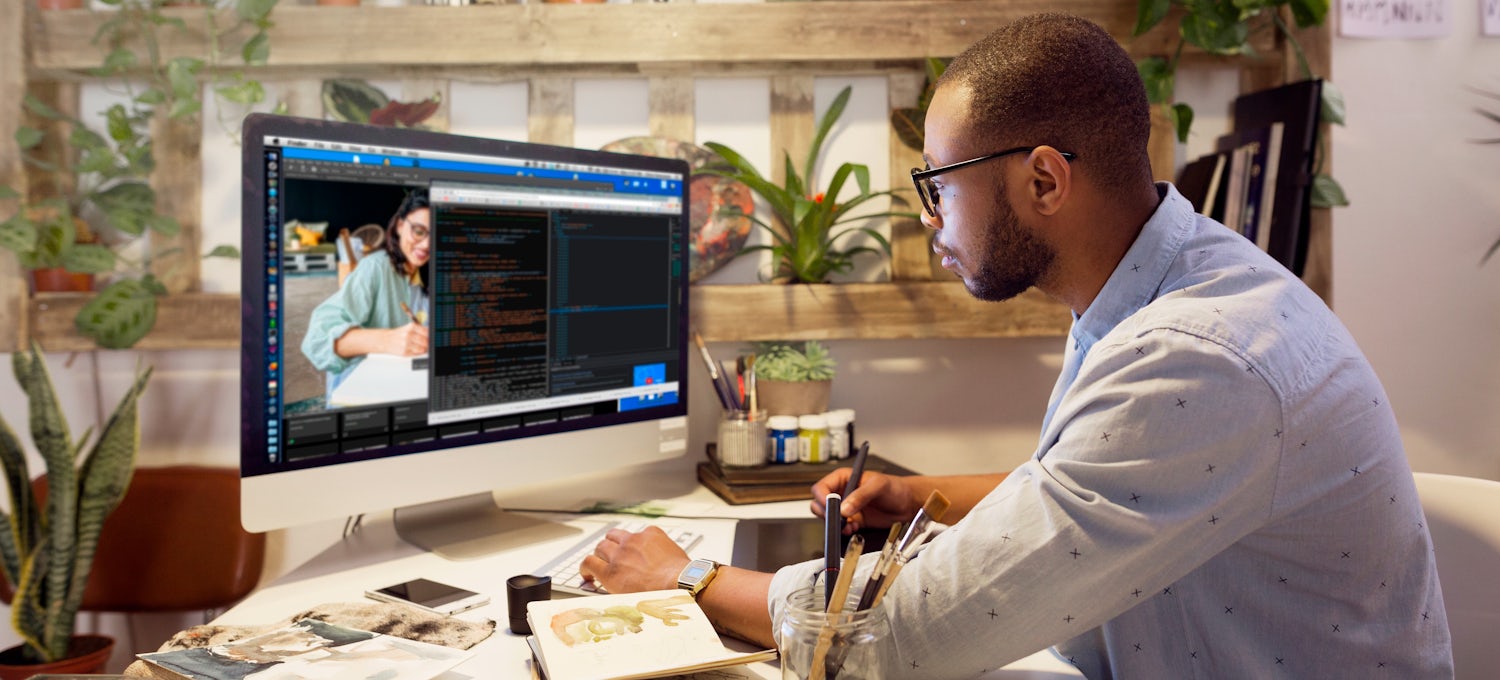Checking Out the Essential Principles and Finest Practices of Effective Website Design for Enhanced Individual Experience and Engagement

Importance of User-Centered Design
User-centered design (UCD) offers as a keystone of reliable internet style, emphasizing the necessity of customizing electronic experiences to satisfy the requirements and preferences of customers. By focusing on the individual's perspective, UCD ensures that websites are not just useful however also intuitive and interesting.
The significance of UCD depends on its ability to boost individual fulfillment and retention. When individuals find an internet site simple to navigate and straightened with their expectations, they are more most likely to return and recommend it to others. This method promotes a deeper emotional connection, allowing brand names to construct depend on and loyalty amongst their audience.
In addition, UCD helps with the recognition of individual discomfort points with research and testing, permitting designers to attend to these issues proactively. By including customers in the design process, whether via interviews, surveys, or use screening, designers get valuable insights that notify far better decision-making.
Ultimately, the application of UCD not just improves the general individual experience yet also drives measurable service end results. Sites that accept user-centered methods often tend to see higher conversion rates and improved performance metrics, highlighting the critical role of UCD in contemporary internet layout.
Trick Layout Principles
Reliable internet design is based in key design concepts that boost usability and aesthetic appeal, more structure on the foundation developed by user-centered style. These concepts include consistency, visual hierarchy, and comments, which with each other develop an intuitive customer experience.
This familiarity helps individuals understand the user interface and navigate with ease, enhancing brand identification. Aesthetic hierarchy, attained via positioning, shade, and size, overviews customers' interest to the most important material, making details extra engaging and available.

Integrating these key layout principles fosters a harmonious blend of performance and looks, ultimately bring about boosted individual satisfaction and engagement. By sticking to these fundamental concepts, developers can develop sites that not only look attractive yet additionally use a enjoyable and reliable customer experience.
Finest Practices for Functionality
Use is a cornerstone of effective web style, encompassing a series news of practices that enhance the total experience for customers. To achieve optimal functionality, it is important to focus on intuitive navigation. Clear menus and rational paths enable customers to locate information rapidly, minimizing stress and increasing satisfaction.
In addition, using regular style elements, such as color pattern and typography, promotes familiarity and eases navigation. Customers should not need to relearn just how to engage with different sections of the site. In addition, making sure that your website is responsive across numerous gadgets is important, as an enhancing number of users access material on mobile tools.
Another best practice involves integrating accessibility features, such as alt text for images and keyboard navigation alternatives, to fit customers with varied demands. Checking functionality with user feedback is important, as real-world insights can disclose unpredicted problems and areas for improvement.
Enhancing Aesthetic Power Structure
A well-defined visual power structure is crucial for leading customers with a site, allowing them to promptly determine the significance of various components on a page. This can be achieved via the calculated use size, shade, contrast, visit and spacing (web design Johannesburg). Bigger aspects naturally attract attention initially, making headlines or vital contact us to action more noticeable
Shade can also play a substantial role in establishing power structure; for instance, utilizing a vibrant color for buttons can assist them stand out against a much more low-key background. Furthermore, comparison between message and background is important for readability, making why not try here certain that users can quickly navigate web content without pressure.
Whitespace, or negative space, is one more crucial facet of aesthetic hierarchy. It offers breathing space around aspects, helping to group associated products and assisting the customer's eye from one area to an additional. By effectively employing these design principles, web developers can develop a seamless customer experience that improves engagement and reduces cognitive tons.
Eventually, an attentively constructed aesthetic hierarchy not just enhances use yet additionally cultivates a more user-friendly interaction with the web site, causing greater complete satisfaction and retention rates among users.
Adaptive and responsive Layout
Visual power structure plays a considerable role in customer experience, and its performance needs to extend throughout various gadgets and screen dimensions. Responsive style employs fluid grids, adaptable images, and media inquiries to readjust the layout and content dynamically, making certain that users take pleasure in a seamless experience no matter of the device.
In comparison, flexible layout utilizes distinctive designs customized to particular display sizes. By spotting the customer's tool and offering a maximized layout, flexible layout can supply a more personalized experience. This frequently calls for multiple versions of the exact same web content, which can make complex management and boost growth time.
Both methods have their benefits, and the option in between them depends upon job needs, target market, and source accessibility. Inevitably, the objective is to develop an interesting, user-friendly interface that maintains visual hierarchy and usability across all platforms. A well-implemented responsive or adaptive layout not just boosts user experience yet additionally urges greater involvement and retention prices, critical for the success of any kind of internet task.
Verdict
By prioritizing functionality through instinctive navigation, aesthetic hierarchy, and receptive layouts, developers can create systems that cater to varied user demands. Emphasizing customer feedback and aesthetic factors to consider eventually cultivates complete satisfaction, retention, and boosted performance in the digital landscape.
In the swiftly developing electronic landscape, understanding the essential concepts and best techniques of reliable web style is extremely important for fostering improved customer experience and engagement - web design Johannesburg.Functionality is a keystone of successful web style, incorporating a range of methods that boost the overall experience for users. By successfully employing these style concepts, internet designers can create a smooth individual experience that boosts engagement and lowers cognitive tons
Receptive layout employs fluid grids, versatile pictures, and media inquiries to readjust the format and web content dynamically, guaranteeing that individuals take pleasure in a smooth experience no matter of the gadget. A well-implemented receptive or flexible style not just boosts customer experience yet additionally urges greater involvement and retention prices, crucial for the success of any web project.